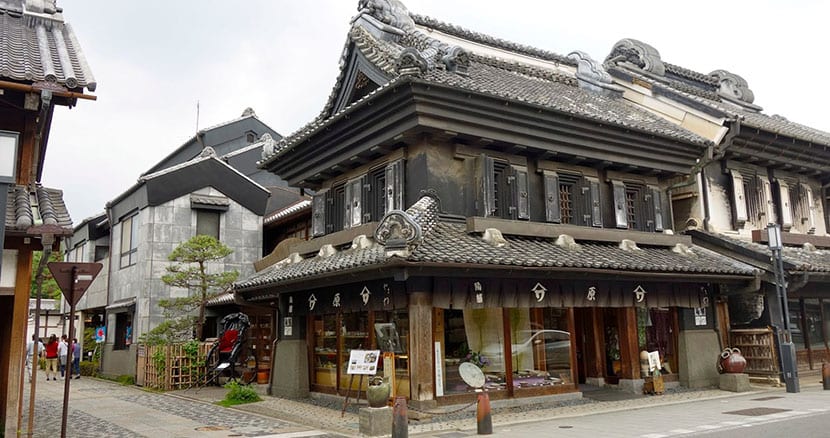
Sometimes we do not want to fall over and over again in the same tourist destinations or the most popular ones. Tokyo is a great city and with the help of Japanese trains it's quick and easy to get away from it a bit and get to know charming places that are hidden very close.
kawagoe It is one of them. The bombs of World War II destroyed much of ancient Japan, but the Great Kanto Earthquake of 1923 had already done its thing before, so you have to move a bit from the capital to begin to contemplate and imagine how was Japan of centuries ago. The truth is that Kawagoe opens a charming window to that past.
Little Edo
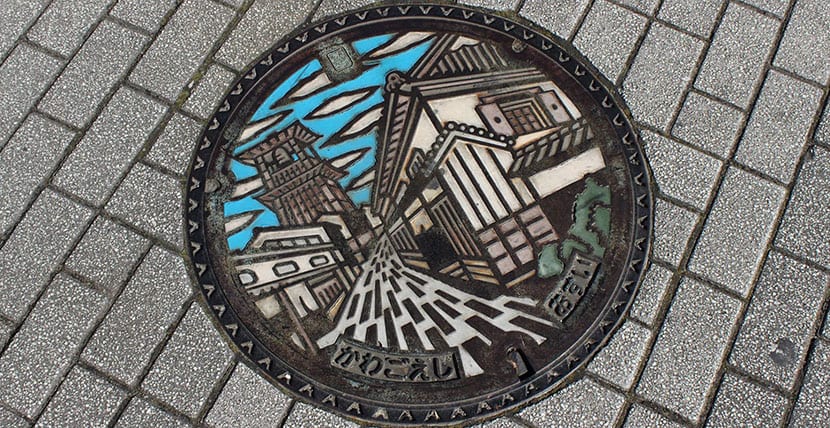
Edo is the old name for Tokyo So, How Kawagoe looks a bit like the old Japanese capital looked like it is known by that picturesque name and "draws tourists." The Edo Period corresponds to the last shogunate, the Tokugawa, that is, the last period in which the shoguns or great lords dominated the political life of the country over the emperor.
The Edo Period ended in 1868 with the forced opening to international trade. If you saw the movie The last Samurai with Tom Cruise that is precisely what I am talking about. During these centuries, from the seventeenth to the nineteenth, the heart of the nation was Kawagoe Castle, although the city itself and modern, dates from the late nineteenth century.
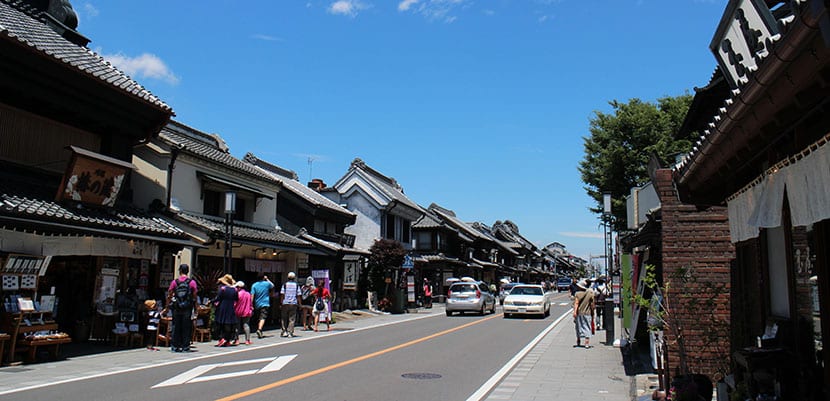
kawagoe is in Saitama prefecture, Kanto region, two rivers cross it and it is about 30 kilometers from Tokyo. Fortunately, the Allied bombings did not damage it much and today walking through the streets of the old town is a pleasure.
How to get to Kawagoe
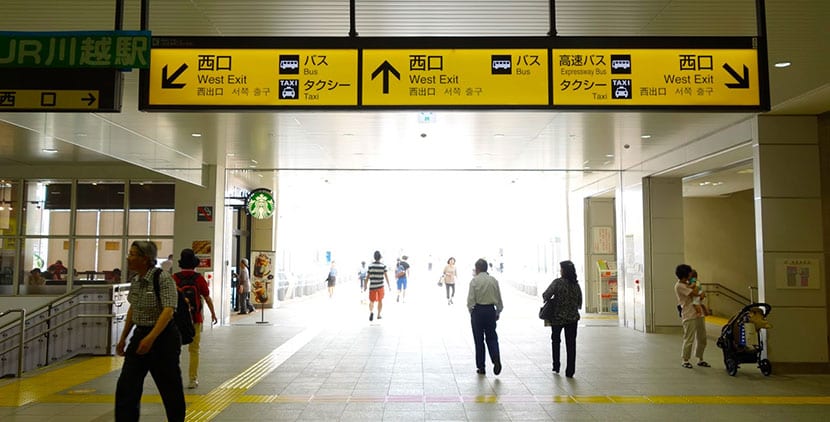
30 kilometers is nothing and you do it in almost an hour using the train. There are three railway lines, two private and one public, that link Tokyo with Kawagoe so with the Japan Rail Pass you travel for free. You must go to Shinjuku Station on the Yamanote Line and there take the JR Saikyo, a fast and frequent service. Without the JRP you pay 760 yen one way. If you choose the Seibu line you also leave from Shinjuku but if you take the Tobu the trains leave from Ikebukuro.
JR and Tobu trains drop you off at Kawagoe Station, Tobu at Shin-Kawagoe. From Kawagoe Station it is best to take a bus to Hon Kawagoe since the tourist attractions are closer to this other station. The buses, however, go by all the time. Japanese buses are mostly small and in this case, being the city so touristy you have two that go around:
- the Tobu Koedo Loop Bus: touches all the major attractions and offers your day pass for 300 yen. On weekdays it goes around every 50 minutes and every 15 or 30 on weekends.
- the Co-Edo Loop Bus: This is a vintage bus with an unlimited 500 yen day pass. It is more frequent and the trip without the pass costs only 200 yen.
What to see in Kawagoe
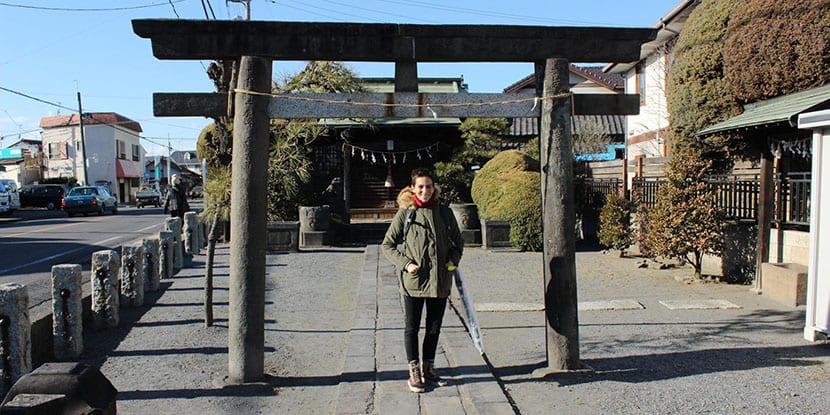
Basically it's about know a little about what Tokyo or any other Japanese city should look like centuries ago. Although the areas of the train stations are modern, it is enough to start walking to see how the urban landscape changes and low buildings, made of wood, with gray roofs and medieval air begin to appear.
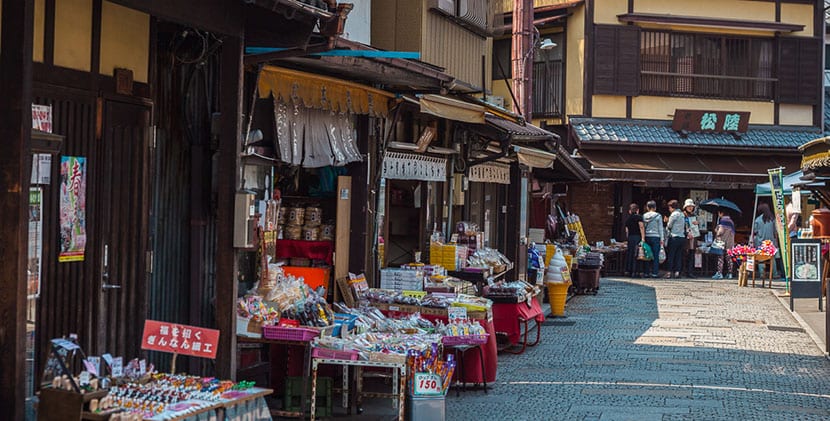
There is a main street that you travel from end to end. On both sides there are Kurazukuri style buildings, with clay walls (fire fighting), and airs of old warehouses, today converted into souvenir shops, restaurants and boutiques. It stretches for several hundred meters and alleys open from time to time where you find cafes, more shops and trinkets. It is not a pedestrian street, in fact the bus passes, but it is still beautiful.
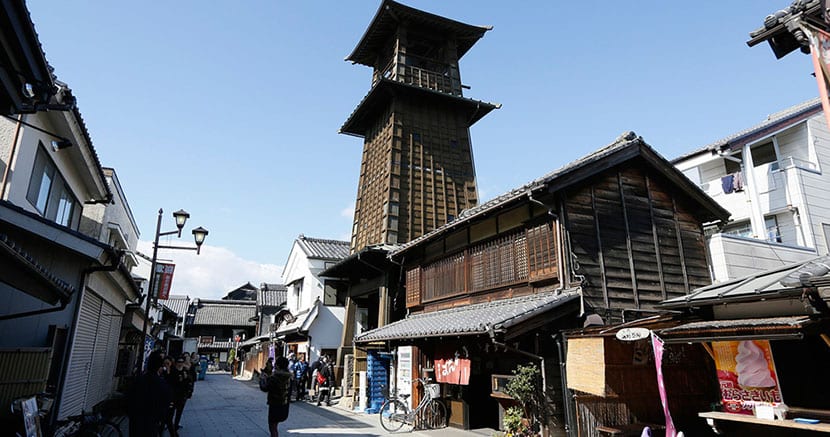
Walking you will run into him Bell Tower or Toki no Kane, symbol of the city. It rings four times a day, at 6 am, 12, 3 and 6 pm. Although it is very old, the current construction dates from 1894. There is an alley known as the candy alley or Kashiya Yokocho, a site that sells Japanese sweets. You like them? Not to me, seriously, but people go crazy for them and it seems that around here the specialty is sweet potato. There are sweet potato ice creams, coffee, beers, and even other drinks.
To get here you must walk about 20 minutes from the Hon Kawagoe station as it is close to the Kawagoe Festival Museum. This popular festival has more than three centuries and is celebrated on the third weekend of October with beautiful and very tall floats that cross the streets.

We talked about Kawagoe Castle before, but does it still exist? No, unfortunately. The vast majority of medieval Japanese castles did not survive earthquakes and bombs. Very few originals remain and the rest are reconstructions. In the case of Kawagoe there is neither one thing nor the other. There are ruins and a single building that used to be the officers' residence.
The building is called Honmaru goten and has been recently restored. It has been open to the public since 2011 and there are tatami rooms, a pretty garden and reconstructions of palace life with dolls. You walk in and the entrance fee is barely 100 yen. Closed on Mondays.
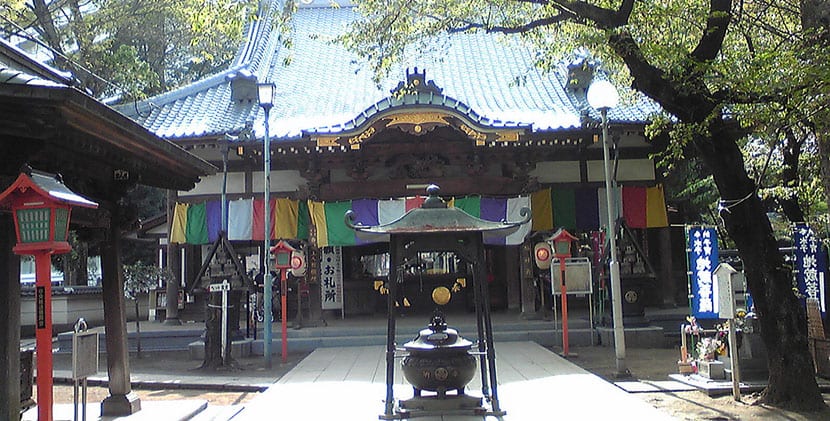
Lastly, we wouldn't be in Japan if there were no temples, right? The Kitain Temple It is the main temple of the Tendai Buddhist sect in the region and dates back to the 1923th century although a fire burned it to ashes in the XNUMXth century. The fires were serious at the time so the reigning shogun moved some palace buildings from Edo to Kawagoe and that's why you see them here. They have become the only thing left standing of Edo Castle, the old Tokyo destroyed by the XNUMX earthquake and allied bombs.
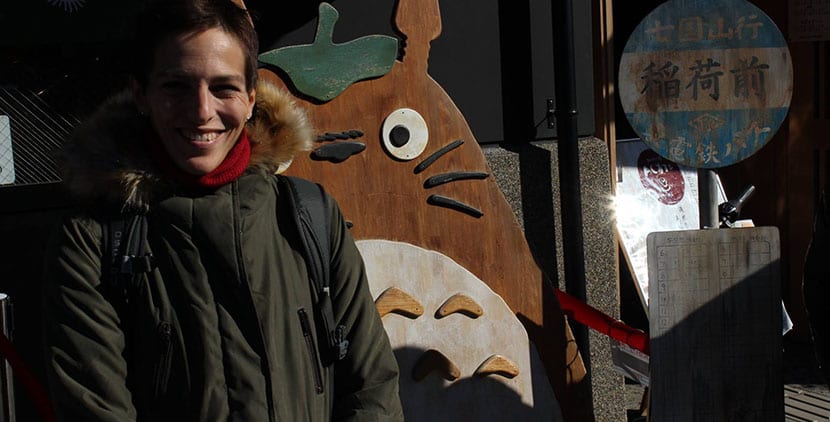
Kawagoe is a nice day trip. You can have lunch, walk, stroll, shop (there is a store of the famous Studio Ghibli and many vintage stores), and return in the afternoon. If you visit Japan in winter, I recommend you start early because at five in the afternoon it is night, yes.